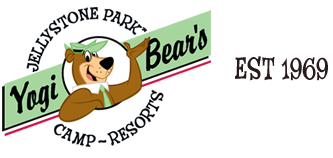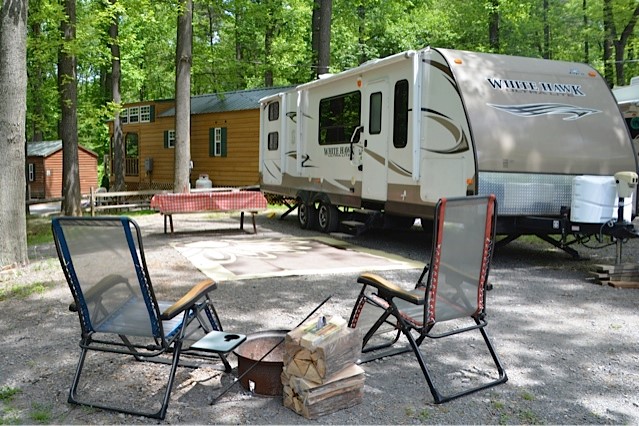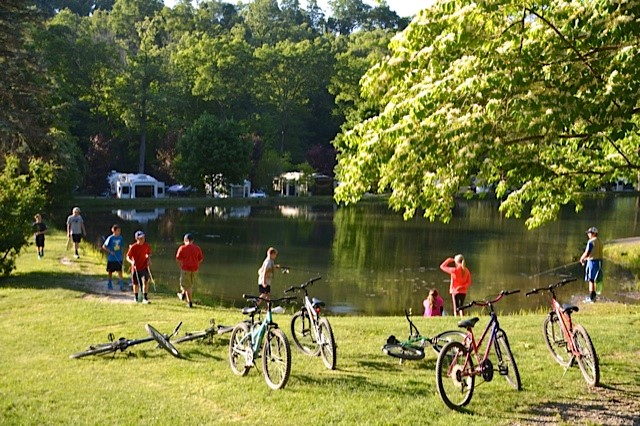Millennials have been blamed for killing a wide variety of industries. Chain restaurants, real estate, department stores, paper napkins, breakfast cereals, and even relationships are reportedly being destroyed by this generation (according to members of other age demographics, at least). But despite their deadly reputation, millennials are actually responsible for making other sectors thrive. The camping industry, for one, owes a debt of gratitude to millennials, who are eager to get back to nature and spend time on campgrounds all across the country.
Although data shows that nearly six out of 10 households can say that someone in their home has gone camping, millennials are leading the camping participant pack. According to the 2019 North American Camping Report (an annual independent study supported by Kampgrounds of America, Inc.), campers are younger and more diverse than ever. More than 78.8 million households camped at least once during 2018 — an all-time high, according to the report — with roughly 1.4 million households deciding to camp for the first time last year. Of those 1.4 million households, 56% are millennials, with 51% identifying as non-white. What’s more, millennials make up 41% of all campers, meaning that this generation comprises the largest portion of campers overall. Since Gen Xers make up only 36% of campers and Baby Boomers represent 28% of campers, it’s clear that millennials are the driving force behind the growing popularity of camping.
So what does that mean for you? If you’re looking to invest in a campground, you’ll want to be strategic about your selection and about its subsequent marketing. Since millennials are highly tech-savvy and are focused on both convenience and visual appeal, the campgrounds that fare best among campers of this generation are ones that offer online booking options and that will make an idyllic backdrop for social media posts. And while tent camping is still a popular choice, many millennials would prefer to “glamp” it up. By offering more amenities or options for cabins and RVs, campgrounds can make themselves much more appealing to millennials.
Don’t forget that many of these campers have families of their own. Since the oldest millennials are now in their 30s, it shouldn’t be surprising that 54% of millennials camp with their children (who are often the very reason they’ve decided to go camping at all). Millennials who have children camp more often than people of older generations, as well, as 63% of millennial parents reported they camped more than seven nights per year. Since roughly two-thirds of millennial parents also say they plan to camp even more in 2019, you’ll want to purchase a campground that is family friendly and that promotes guest loyalty. Whether you market to young families in your area or are located in an area with tons of activities in which to partake, you’ll want to capitalize on the ways you can convince campers to extend their stays or to return within the same year. If the extras you offer are family friendly, you’ll have a much greater chance of attracting adventurous millennials.
In the 2017 KOA camping report, COO Toby O’Rourke noted: “Camping continues to grow in popularity, with more Americans starting to camp and people taking more frequent trips each year. Year-over-year, people consistently say camping allows them to relax, spend time with family and friends, be active, and contribute to their emotional well-being. The significant growth in camping underscores Americans’ enthusiasm and growing desire to get outside. Camping — whether it’s traditional tent camping, RVing, or staying in a full-service cabin — will continue to fulfill that need.”
When buying a campground franchise or stand-alone property, therefore, the last thing you’ll want to do is ignore this influential generation. By harnessing the power of millennials, campgrounds can continue to thrive during a time when many businesses are struggling to survive.



